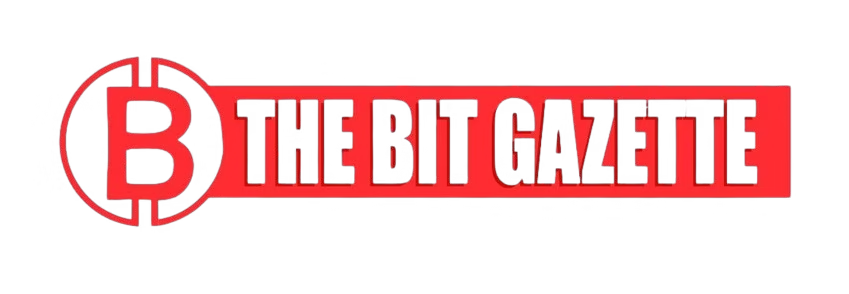Ethereum co-founder Vitalik Buterin introduced the GKR protocol on October 20, a proof aggregation system that validates large-scale computations without requiring costly intermediate commitments. The Goldwasser–Kalai–Rothblum (GKR) method processes data in logarithmic time, potentially offering faster verification than existing ZK-SNARKs and STARKs used across Ethereum’s privacy infrastructure.
The GKR protocol operates by validating extensive computational workloads with minimal on-chain overhead. It achieves this by reducing the need for costly intermediate commitments and processing data in logarithmic time. This innovation allows for faster and more scalable proofs compared to conventional systems such as ZK-SNARKs and STARKs, which are the backbone of Ethereum’s existing privacy and verification mechanisms.
“The GKR protocol represents an elegant step toward simplifying proof aggregation without sacrificing security,” Buterin wrote in his tutorial. “It’s a natural fit for proving large batches of hashes and neural network-style computations.”
Experts say the protocol could significantly reduce the computational load on Ethereum validators, making zero-knowledge-based systems more practical for everyday use in decentralized applications and rollups.
A leap in Ethereum’s proof efficiency
At its core, the GKR protocol addresses one of Ethereum’s most pressing technical challenges balancing scalability with verification accuracy. The system allows provers to skip intermediate commitments, which traditionally add cost and delay in proof generation. As a result, the network can handle larger computations with reduced gas fees and faster confirmation times.
While the GKR protocol itself is not a zero-knowledge (ZK) system, Buterin emphasized that it can be “wrapped” within ZK-SNARK or STARK layers to ensure privacy. This flexibility means developers can integrate GKR into privacy-preserving frameworks while still benefiting from its speed and efficiency.
In his blog post, Buterin acknowledged the contributions of cryptographers Lev Soukhanov, Zhenfei Zhang, and Zachary Williamson, whose reviews helped refine the protocol’s mathematical design.
“Scalability is no longer just about throughput; it’s about verifiability,” wrote Zachary Williamson, co-founder of privacy protocol Aztec, in a related commentary. “The GKR protocol creates new pathways for recursive proofs that are both scalable and developer-friendly.”
For Ethereum developers, this breakthrough could accelerate the rollout of layer-2 solutions, such as optimistic and zero-knowledge rollups, by simplifying how proofs are verified across chains.
Supporting Ethereum’s ‘Lean Network’ vision
The release of the GKR protocol is aligned with Buterin’s broader vision for a “Lean Ethereum” as a more efficient, modular, and quantum-resistant blockchain ecosystem. In recent months, Buterin has proposed several related innovations aimed at reducing network complexity and improving long-term scalability.
These include interoperability tools for cross-layer communication, the development of partial stateless clients to minimize node storage, and governance systems powered by zero-knowledge proofs. The GKR protocol acts as a missing piece in this puzzle, providing a lightweight mechanism to aggregate and verify proofs across multiple execution layers.
Ethereum’s cryptographic backbone is evolving toward greater simplicity and efficiency, said Dr. Li Cheng, a blockchain researcher at the University of Singapore. The GKR protocol could become central to Ethereum’s proof aggregation pipeline, helping realize Buterin’s long-term goal of scalable, verified computation.
The protocol’s recursive structure could also enable multi-layer verification systems, where complex decentralized applications (dApps) can confirm thousands of transactions in a single proof. This would reduce blockchain congestion and enhance user experience across the ecosystem.
A milestone for blockchain and AI integration
Beyond Ethereum, the GKR protocol holds significant implications for the intersection of blockchain and artificial intelligence. Its capacity to verify neural network-style computations makes it a promising tool for AI model validation and privacy-preserving machine learning.
As Buterin explained, The same principles that make the GKR protocol efficient for blockchain proofs also make it viable for proving computations in AI systems especially where transparency and verifiability are critical.
Industry observers view this as a step toward bridging on-chain computation and AI model integrity, two rapidly converging fields. Developers could use the GKR protocol to create decentralized AI verification layers, ensuring algorithmic accountability without exposing proprietary data.
With experimentation already underway in Ethereum’s developer community, GKR’s modular design is expected to inspire a new wave of applications built around recursive, efficient, and privacy-compatible verification.
Toward Ethereum’s next evolution
As Ethereum continues to evolve, the GKR protocol represents one of its most significant theoretical advancements since the introduction of ZK-based scaling. Its emphasis on proof efficiency, reduced overhead, and interoperability with privacy frameworks aligns with Ethereum’s broader roadmap for quantum resistance and mass scalability.
For developers, GKR could redefine what’s possible in trustless verification, powering everything from decentralized rollups to AI-driven smart contracts. For users, it may eventually translate into faster transactions, lower costs, and a more secure blockchain ecosystem.
The GKR protocol is more than an optimization as it’s an architectural shift, said Dr. Soukhanov, one of the reviewers credited by Buterin. If successfully implemented, it could make verifiable computation truly scalable for the first time.
As Ethereum developers begin integrating GKR concepts into upcoming rollup frameworks and zkEVM designs, Buterin’s latest contribution could become a cornerstone of the network’s next-generation scalability model.











